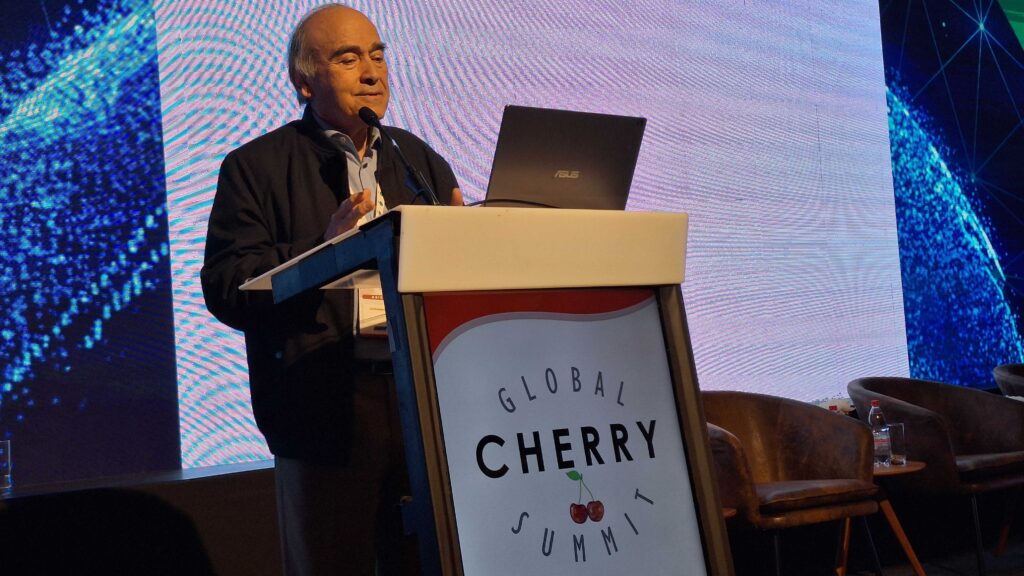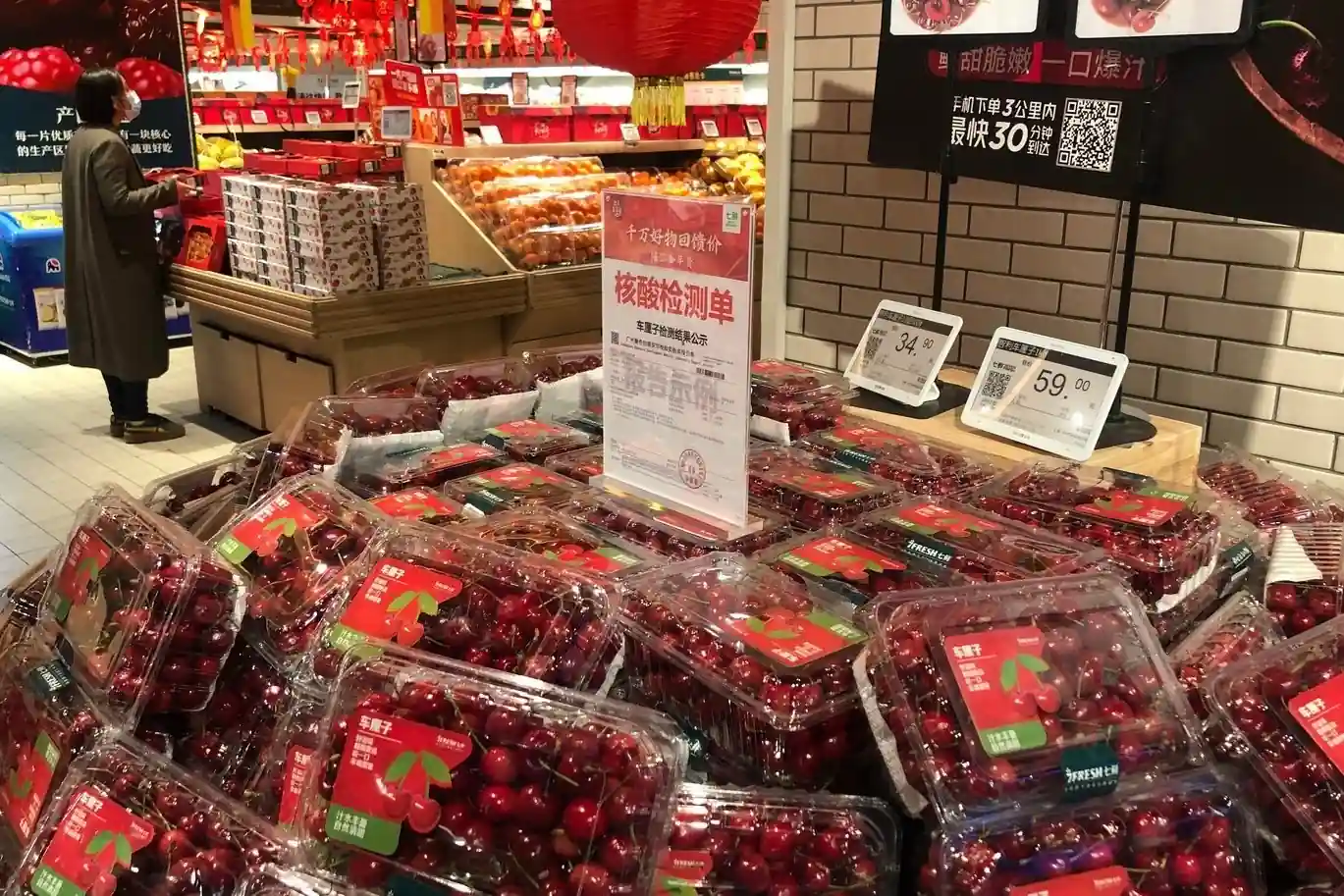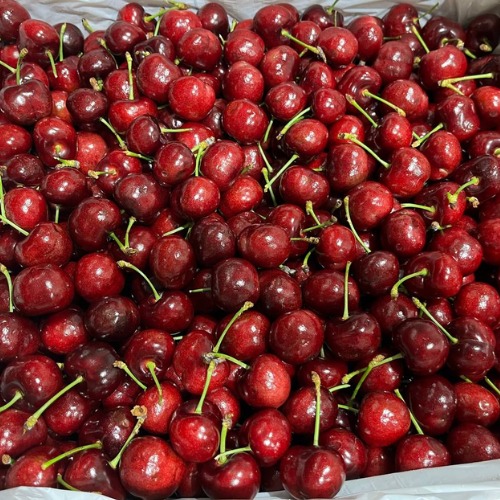Fernando Santibáñez, Director of Postgraduate Studies and Research at the Faculty of Natural Sciences of the University of San Sebastián, spoke at the Global Cherry Summit 2024, addressing climate analysis and its impact on cherry cultivation.
Santibáñez began by saying, 'How rewarding it is for a farmer to know that he is not only nourishing bodies, but also souls'.
After analysing the importance of food production, he explained that climate change is not eternal. The planet is looking for a new balance and this is what is happening with the global climate,' he said, 'because man has put an unforeseen amount of CO2 into the atmosphere and this has changed the thermal balance of the atmosphere'.
He emphasised that this situation is leading to an increase in extreme weather events, 'because every process of adaptation to a new situation results in heat waves, droughts, rainfall, torrential rains, floods, wind, and the frantic search of the atmosphere to find a new balance'.
He said that precipitation events have decreased, but are more intense. This does not translate into a greater availability of water, because water is flowing faster, reaching the oceans sooner, and therefore there is less and less opportunity for humans to capture it: 'So the paradox is that water is becoming scarce in a world where it is raining more globally.
Santibáñez pointed out that the ongoing changes are generating a general warming, which is affecting people's lives, but especially agriculture, which is dependent on the climate.
 Image 1: Fernando Santibáñez, Director of Postgraduate Studies and Research at the Faculty of Natural Sciences of the University of San Sebastián.
Image 1: Fernando Santibáñez, Director of Postgraduate Studies and Research at the Faculty of Natural Sciences of the University of San Sebastián.
On a more optimistic note, he said that by 2070-2028 ‘we should reach a new equilibrium, where we will probably begin a process of recovery to the original conditions of 1900. So climate change is a parenthesis that has fallen on the shoulders of several generations'.
During his presentation, Santibáñez landed on Chile, indicating that 'we have increased maximum temperatures by 1.2° and minimum temperatures by 1.15°. Precipitation has decreased by 15-25%, so we have a slightly drier country'. He added that the evaporation rate has increased because water evaporates faster as temperatures are higher. We have a hotter and drier climate, with the air getting drier, which becomes a threat to the plants and the drought we face,' he said.
Discussing the cultivation of the cherry tree, Santibáñez commented that one of the biggest problems generated by climate change concerns the quality of the rest, ‘since the plant must have a winter rest in order to have good vigour, good fruiting, good fertility in the following season’.
He explained that the biggest threat is not winter, but autumn, because it does not allow plants to go into deep dormancy: 'These warm autumns are more damaging than warm winters, because the plant needs to go into true dormancy. Autumns that do not cool down gradually and the temperature remains very high are the ones that herald problems for the following season'.
Santibáñez said that early springs, with very early bud break due to high temperatures, are not associated with an early harvest. ‘It has been seen that earliness is much more associated with what happens a week before flowering and maybe ten days after flowering, when fruit set is already extremely important. So the very variable climate plays a bad trick on us and we will have to study technology to reduce the fluctuations produced by the climate.’
Regarding hail, he indicated that this is a threat that can occur in Chile. The frequency and size of hail could increase in the coming decades. As for polar frosts, the professor pointed out that they are closely associated with global warming, since they are generated by the anticyclone and the high pressure centre to the north.
He pointed out that once the cherry tree has finished harvesting, it stops growing and that is when the plant says 'I have to worry about next season, so I have to produce a bud induction so that I have a good reserve of growth meristems for next season'. He also added that heat waves at the end of veraison cause soft fruit, which does not have enough dry matter and softens very easily. They will not arrive in good condition at the port, so we have a job to do there as well'.
The cherry harvest 'in the climate change situation tells us that we will have to mitigate the stress if we want to continue producing at the same level. Towards the south, opportunities will open up in new regions where we will probably be able to expand the area under cherry cultivation.
Projections for the future
Santibáñez took a look at the future season. He pointed out that the La Niña phenomenon is expected to settle completely in July, 'so it will rain with some frequency between now and July, similar to what happens in a normal year, however, from July onwards, it is expected to be dry'.
In this sense, he explained that a rather dry spring and summer are expected, 'this could have consequences on snow reserves in the mountains, it could be a season with some not so great restrictions on irrigation water'. The Niña that will set in is a mild one, which could produce a big drought, but be careful with water this season'.
He added that the good news is that La Niña will recover, according to the models, and in July there will be maximum cooling. However, it is expected that there will be a rebound and water temperatures will normalise towards the end of the year.
He concludes: 'We expect temperatures to be more or less normal in Chile, so we anticipate a slightly lower than normal rainfall season due to the low number of rainfall events. This mainly manifests itself from July, the spring will be characterised by the presence of La Niña, which partially increases the risk of late frosts'.
Source: Portal Frutícola
Images: Portal Frutícola
Cherry Times - All rights reserved












